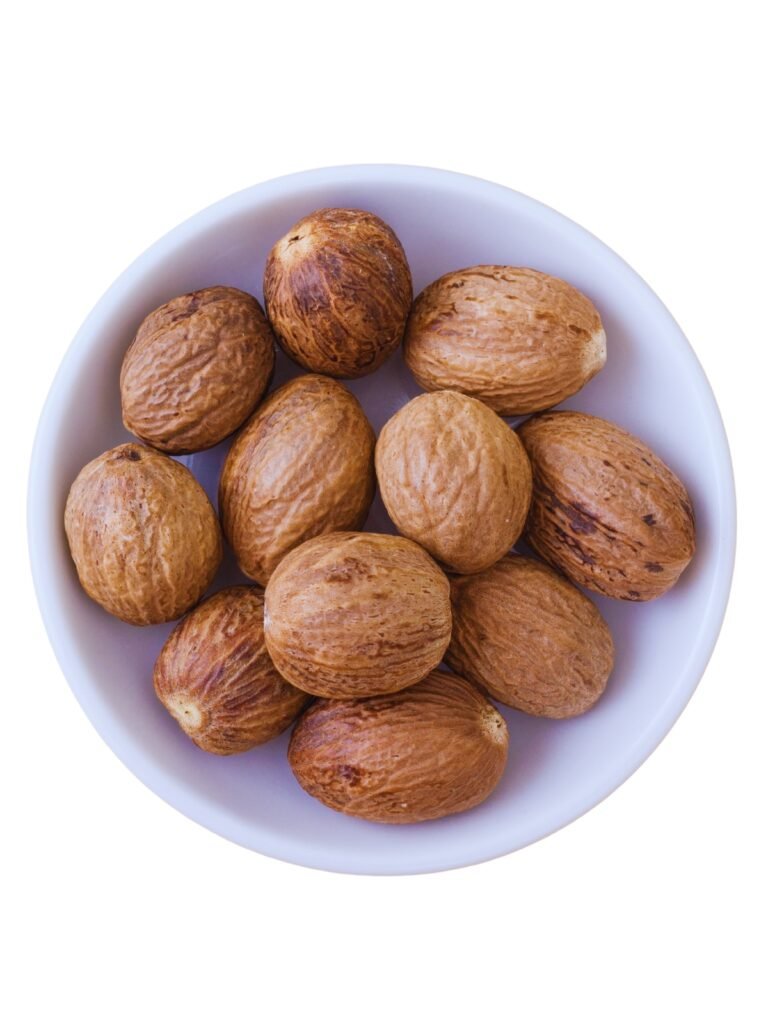The Magic Masala: Unveiling the Spices of Indian Cuisine
Indian cuisine is a symphony of flavors, a vibrant tapestry woven with an array of aromatic spices. Each region boasts its unique blend, its secret language of ingredients passed down through generations.
But beneath the dazzling diversity lies a core group of spices, the foundational notes that form the heart of Indian cooking. Let’s embark on a journey to explore these essential spices, their characteristics, and the magic they weave in our dishes.

The Holy Trinity: Turmeric, Coriander, and Cumin
This triumvirate forms the bedrock of countless Indian curries.
- Turmeric (Haldi)
This golden wonder is more than just a vibrant dye for food. Turmeric boasts a warm, earthy aroma and a slightly peppery flavor. Its active ingredient, curcumin, is revered for its anti-inflammatory properties. Turmeric graces everything from savory lentil dishes (daals) to fragrant rice preparations (biryanis).

- Coriander (Dhaniya)
Don’t be fooled by its name – coriander seeds are quite distinct from cilantro leaves. The seeds are warm and citrusy, offering a touch of sweetness that balances the heat in curries. Often used whole or toasted, they release their unique aroma when fried in oil at the beginning of cooking (a process called tadka). Ground coriander powder adds a depth of flavor to meat dishes and vegetable curries.

- Cumin (Jeera)
Cumin’s earthy, slightly bitter notes add an essential layer of complexity to Indian food. The small, boat-shaped seeds are typically used whole in tadka, releasing their intense aroma as they sizzle. Ground cumin finds its way into spice blends and is a common ingredient in savory dishes like samosas and pakoras.

The Aromatic Quartet: Cardamom, Cloves, Black Pepper, and Fenugreek
These four spices add a chorus of warmth, pungency, and subtle sweetness to Indian cuisine.
- Cardamom (Elaichi)
Available in green and black varieties, cardamom pods are a prized possession in any Indian kitchen. Green cardamom offers a bright, citrusy aroma with a slightly minty edge, perfect for sweet and savory dishes like curries and kheer (rice pudding). Black cardamom, with its smoky and intense flavor, is used sparingly in meat curries and biryanis.

- Cloves (Lavang)
These small, nail-shaped buds pack a powerful punch. Their pungent, slightly sweet aroma adds warmth and depth to curries, rice dishes, and even beverages like masala chai. Use cloves judiciously; a single clove can overpower a dish.

- Black Pepper (Kali Mirch)
The king of spices, black peppercorns lend a fiery kick to Indian food. They can be used whole, cracked, or ground, depending on the desired intensity. Freshly ground black pepper adds a distinct aroma and depth of flavor to curries, vegetables, and dals.

- Fenugreek (Methi)
Fenugreek seeds offer a unique flavor profile – slightly bitter with a hint of maple syrup. While some may find the bitterness off-putting, it adds an intriguing complexity to curries and lentil dishes. Fenugreek seeds are often dry-roasted before use to enhance their flavor.

The Versatile Ensemble: Garam Masala, Mustard Seeds, and Chiles
These spices provide a finishing touch, adding warmth, heat, and a touch of smokiness.
- Garam Masala
This isn’t a single spice, but a beautiful blend. The exact composition varies regionally, but it typically includes a combination of roasted and ground spices like cloves, cinnamon, cardamom, cumin, coriander, and black pepper. Garam masala adds a warm, complex flavor to curries, stews, and even vegetable stir-fries.

- Mustard Seeds (Rai)
Tiny and unassuming, mustard seeds pack a surprising punch. When spluttered in hot oil, they release a pungent, mustardy aroma that forms the base of many tadkas. Black mustard seeds are more intense than their yellow counterparts, offering a sharper heat.

- Chiles (Mirchi)
The fiery soul of Indian cuisine, chilies come in a dizzying array of varieties, each with its unique heat level and flavor profile. From the fiery red chilies used in vindaloo to the milder green chilies in chutneys, chilies add a depth of heat and complexity to Indian dishes.

Beyond the Essentials: A Glimpse into the Spice Vault
The world of Indian spices extends far beyond this core group. Here’s a peek into some additional gems:
- Cinnamon (Dalchini)
Warm and aromatic, cinnamon adds a touch of sweetness to curries, rice dishes, and desserts.

- Nutmeg (Jaiphal)
This warm, slightly sweet spice adds a touch of richness to curries, desserts, and even beverages like chai.

- Asafoetida (Hing)
Known for its pungent smell, asafoetida is used in small amounts to add a savory, umami quality to vegetarian dishes and lentils.

- Saffron (Kesar)
The golden threads of saffron are a luxury, adding a rich color and a delicate, floral aroma to biryanis, desserts, and festive dishes.

- Fennel Seeds (Saunf)
Often used as a mouth freshener, fennel seeds lend a sweet, licorice-like flavor to spice blends and are also used in pickles and sweets.

- Star Anise (Chakra Phool)
Star Anise is a star-shaped spice known for its distinct, sweet-licorice flavor. Widely used in Indian biryanis and masala chai, as well as in Chinese cuisine, it adds a warm, aromatic depth to both savory and sweet dishes.

- Mace (Javitri)
Javitri is the lacy, red outer covering of nutmeg seeds, offering a warm, slightly sweet, and peppery flavor. Used in Indian garam masala and biryanis, as well as in baking and savory dishes, it adds a delicate, aromatic complexity to a variety of recipes.

Conclusion
Indian cuisine is a testament to the artful use of spices, each adding its unique note to the culinary symphony. The essential spices like turmeric, coriander, cumin, cardamom, cloves, black pepper, and fenugreek form the backbone of countless dishes, while versatile ensembles like garam masala, mustard seeds, and chilies elevate the flavors to new heights. Beyond these staples, an extensive spice vault awaits exploration, offering endless possibilities for creating dishes that tantalize the taste buds and celebrate the rich culinary heritage of India.

Understanding and mastering these spices not only brings authenticity to Indian cooking but also opens the door to a world of flavors that are as diverse and vibrant as the culture itself. So, next time you cook an Indian dish, remember the magic masala – the secret to the enchanting flavors that make Indian cuisine truly extraordinary.



